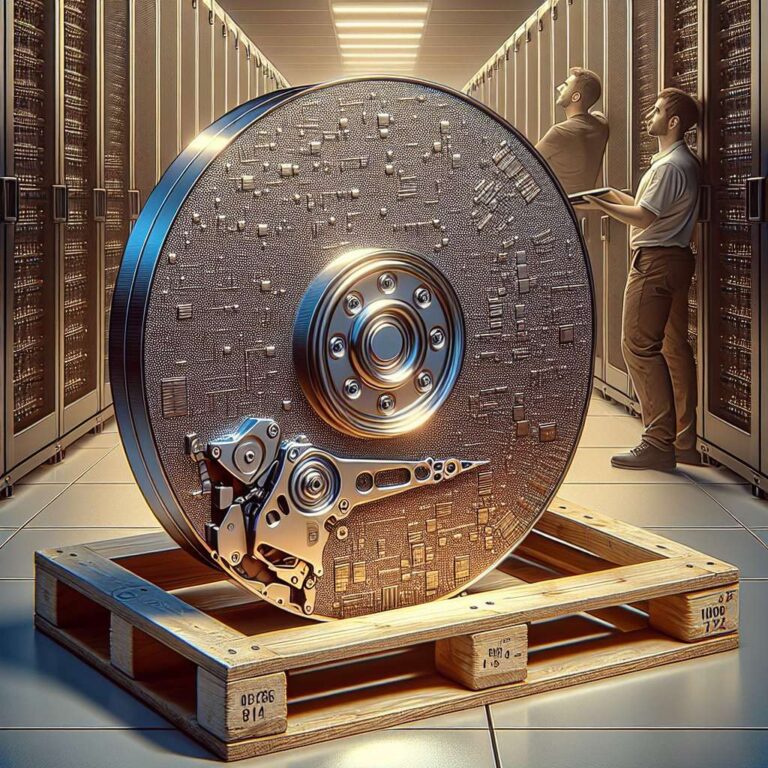During a conference about a month ago in Japan, Seagate disclosed a milestone for heat-assisted magnetic recording. The company revealed a prototype platter capable of storing roughly 6.9 TB of data and said it has run simulations for platters that reach 8 TB of capacity, though those remain a distant prospect. Seagate’s roadmap points to production-ready platters above 7 TB in the early 2030s and hints at an eventual path toward densities in the neighborhood of 15 TB per platter or more. For now, the 6.9 TB platter enables a HAMR hard disk drive with the capacity of roughly 55 TB. No information on read/write speeds was provided.
This step change in areal density and the prospect of gradual capacity increases matter most where raw capacity and cost per TB are the primary concerns. Use cases called out include data center cold tiers, backup servers, media archives, large network-attached storage arrays and video editing vaults. Drives that pack far more storage into each chassis can reduce the number of required drives, which in turn simplifies array design and management.
Fewer drives in an array can lower power and cooling demands and reduce rack real estate to manage, factors that together can shrink the total cost of ownership for very large storage deployments. That combination is particularly relevant as modern content creation, Artificial Intelligence workloads and other data-heavy applications drive rapidly growing storage requirements. Higher-capacity platters therefore aim to address both density and operational cost pressures for large-scale storage operators.
Seagate’s current prototype demonstrates feasibility at the 6.9 TB level and establishes a development path toward higher densities. The company has signaled production targets above 7 TB in the early 2030s and research targets that include simulated 8 TB platters and potential densities around 15 TB per platter or more. Outside of capacity figures, the announcement did not provide performance metrics or timelines for product availability beyond the roadmap guidance.

